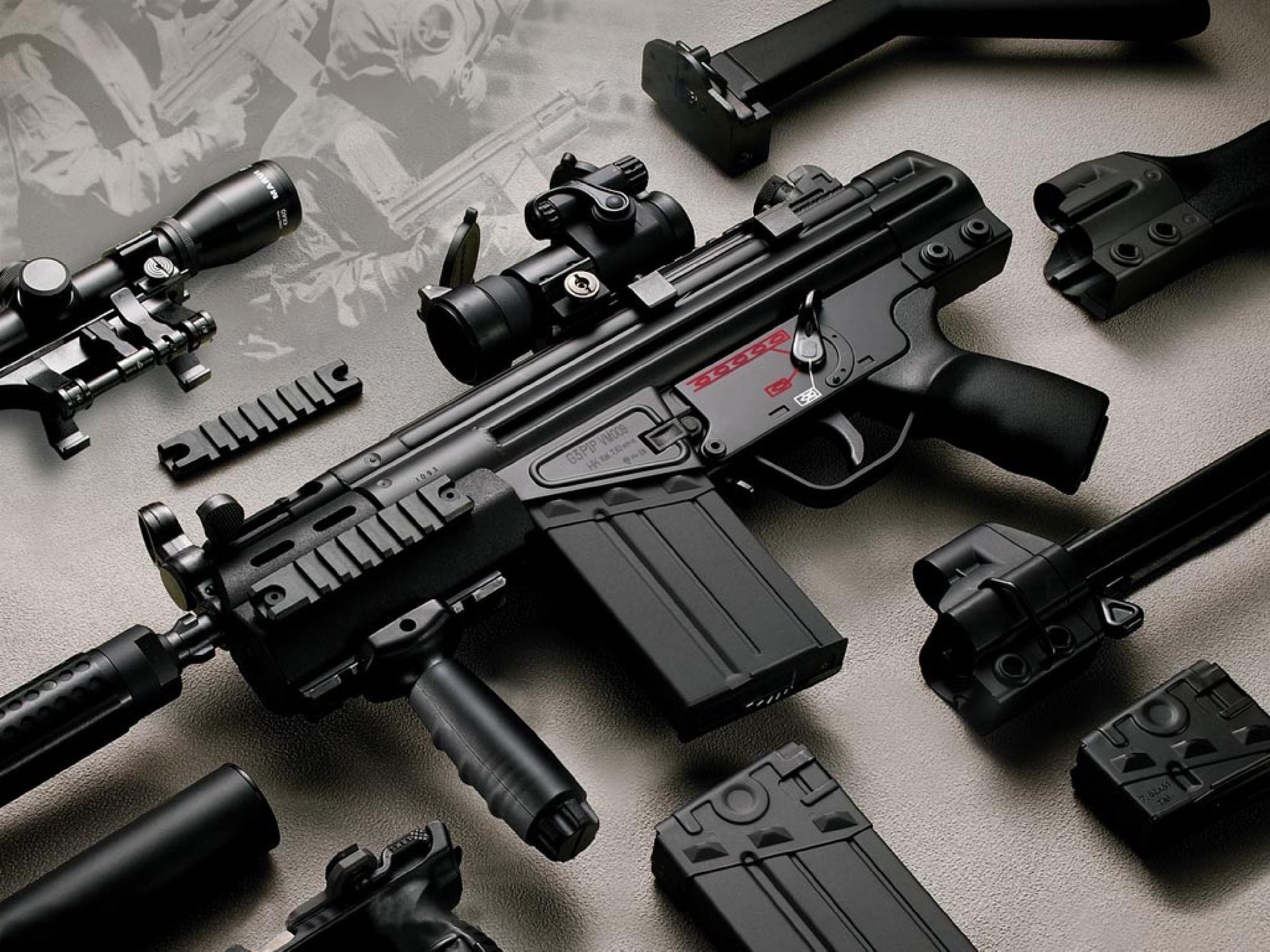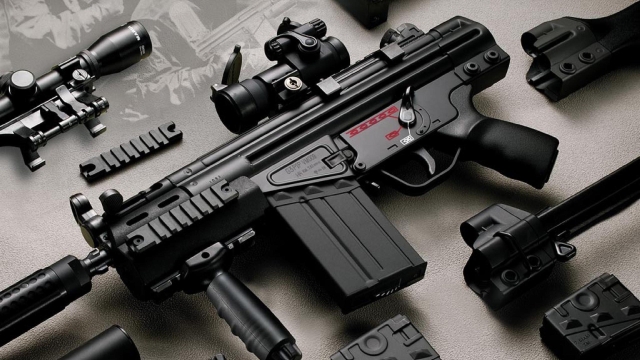Firearms have been an integral part of human history, shaping the way we protect, defend, and conquer. With their formidable power, firearms have captivated our fascination and incited heated debates. Today, in our modern society, firearms continue to play a significant role, both as tools for self-defense and as instruments wielded by law enforcement agencies. In this article, we delve deep into the world of firearms, uncovering the secrets and shedding light on the intricate mechanisms that make these weapons the potent tools they are. From the diverse types of firearms to the crucial role played by ammunition, we explore the intricate details that define this compelling field. Join us as we unlock the mysteries and delve into the heart of the subject matter. Let’s embark on this captivating journey into the world of firearms.
Understanding Ammunition
Ammunition plays a crucial role in the world of firearms. It is the fuel that powers these powerful weapons, enabling them to project projectiles with precision and force. Whether it’s a pistol, rifle, or shotgun, understanding the different components of ammunition is essential for any enthusiast or firearms owner.
At its core, ammunition consists of three main components: the bullet, the propellant or gunpowder, and the primer. The bullet is the actual projectile that is expelled from the firearm when the trigger is pulled. It is usually made of lead or copper and is designed to penetrate the intended target effectively.
The propellant, or gunpowder, is what creates the explosive force needed to propel the bullet forward. Different types and quantities of gunpowder are used depending on the type of firearm and the desired bullet velocity. It is crucial to use the correct type and amount of propellant to ensure optimal performance and safety.
Lastly, we have the primer, which is a small metal cup containing a sensitive explosive compound. When the firing pin strikes the primer, it ignites, creating a small flame that rapidly propagates through the primer and into the powder charge. This ignition process ignites the gunpowder, resulting in the force needed to propel the bullet down the barrel.
Understanding the different components of ammunition is not only essential for safe handling and usage but also for making informed decisions when it comes to selecting the right ammunition for a specific firearm and purpose. Factors such as bullet caliber, grain weight, and bullet type all contribute to the performance and effectiveness of a particular round.
Get More Information
In the following sections, we’ll delve deeper into the intricacies of firearms and explore the various types of firearms and ammunition available today. Stay tuned to unlock more secrets about the fascinating world of firearms!
Different Types of Firearms
When it comes to firearms, there are various types that cater to different needs and preferences. From handguns to rifles, each type offers its unique characteristics and purposes. Let’s explore some of the main categories of firearms available today.
1. Handguns:
Handguns, as the name suggests, are designed to be held and operated with one hand. They are typically compact and easy to maneuver, making them suitable for personal defense and close-quarter combat. There are two main types of handguns: pistols and revolvers.
Pistols utilize a semiautomatic action and are fed with magazines loaded with ammunition. This allows for multiple rounds to be fired consecutively without needing to manually reload after each shot. On the other hand, revolvers have a rotating cylinder that houses several chambers, each holding a single round. To fire, the user pulls the trigger, causing the cylinder to rotate and align a new round with the gun’s barrel.
2. Rifles:
Rifles are long-barreled firearms primarily designed for accuracy and longer-range engagements. They generally require both hands to operate effectively and come in a variety of styles and configurations. Bolt-action rifles, for example, are manually operated and require the shooter to manipulate a bolt mechanism to reload each round. This type of rifle is known for its reliability and precision.
Another popular type of rifle is the semiautomatic rifle, which fires one round per trigger pull, automatically reloading the next round from a detachable magazine. This provides a faster rate of fire compared to bolt-action rifles. Additionally, there are also fully automatic rifles that can continuously fire as long as the trigger is held down.
3. Shotguns:
Shotguns are unique firearms that use the energy from expanding gases produced by a shotshell to propel multiple small projectiles, commonly known as shotgun pellets or shot. They are often used for hunting birds, clay pigeon shooting, and home defense. Shotguns come in various designs, such as pump-action, break-action, and semiautomatic.
Pump-action shotguns require the shooter to manually cycle the action by sliding the forend back and forth, which ejects the spent shell and loads a new one. Break-action shotguns have a hinge that allows the barrel(s) to be "broken" open for loading and unloading. Semiautomatic shotguns, similar to semiautomatic rifles, reload the next round automatically after each shot.
Understanding the different types of firearms is crucial for firearm enthusiasts and those interested in learning about the subject. Each type has its own advantages and uses, catering to a wide range of shooting activities and needs.
Safety and Responsibility
When it comes to firearms, safety and responsibility should always be prioritized. Owning and using a firearm comes with the utmost obligation to safeguard oneself and those around. This means taking necessary precautions and adhering to strict guidelines for the well-being of everyone involved.
First and foremost, proper training and education are essential. Obtaining a thorough understanding of firearms and their operation is vital in promoting safe practices. Familiarizing oneself with the specific firearm, including its components, proper handling, and storage, greatly reduces the risk of accidents or misuse.
Secondly, responsible firearm ownership entails secure storage. Firearms should be kept in a locked and inaccessible location, separate from ammunition. Utilizing a sturdy gun safe or lockbox guarantees that unauthorized individuals, especially children, cannot gain access to these potentially dangerous weapons. By securing firearms properly, we can prevent tragic incidents from occurring.
Lastly, responsible firearm usage involves strict adherence to local laws and regulations. It is crucial to stay informed about the governing laws and regulations related to firearms in your area. Responsible gun owners should always comply with these laws to ensure the safety of themselves and those around them.
In conclusion, prioritizing safety and responsibility is of utmost importance when it comes to firearms. By acquiring adequate training, employing secure storage practices, and adhering to legal requirements, we can ensure the well-being of ourselves, our loved ones, and our communities.







Recent Comments